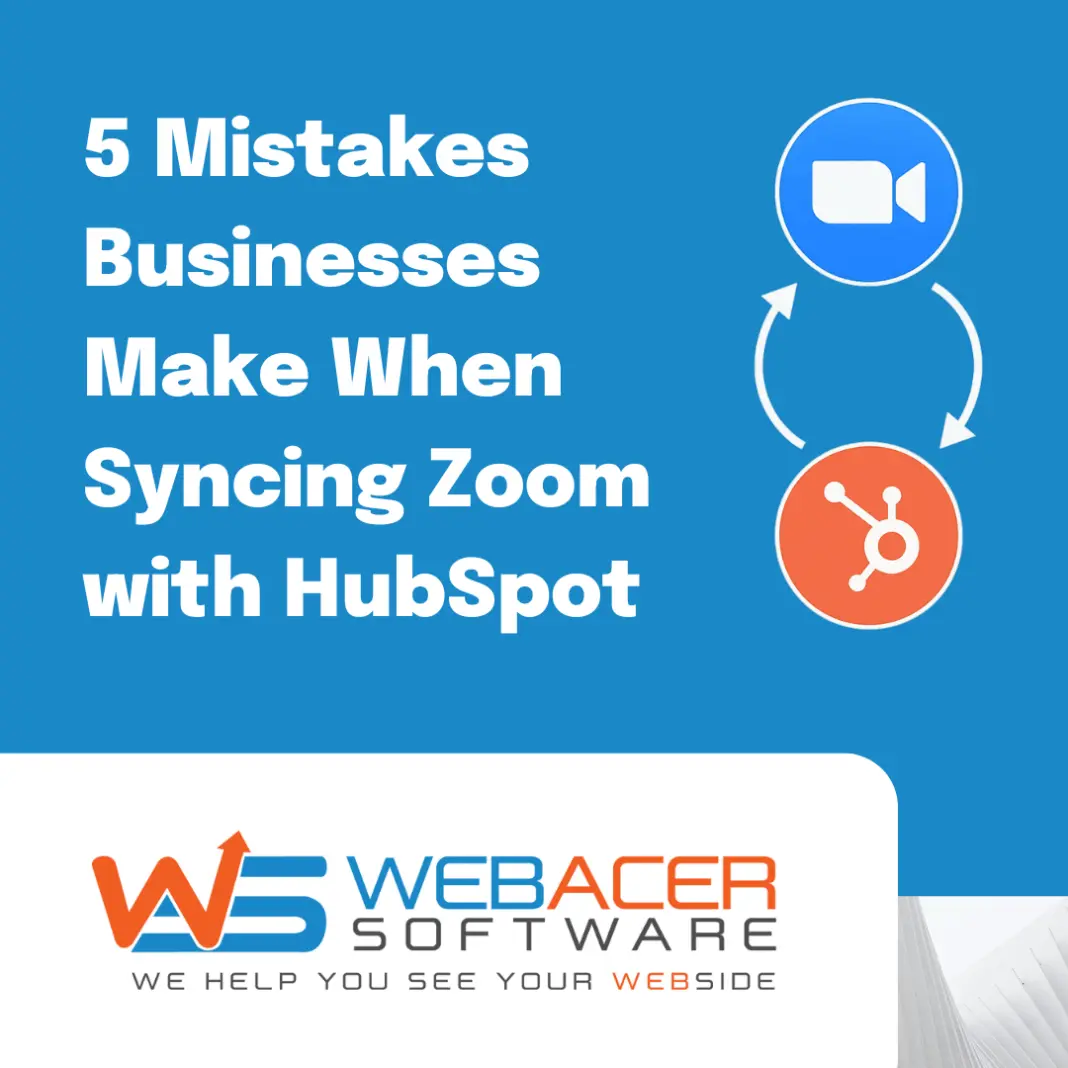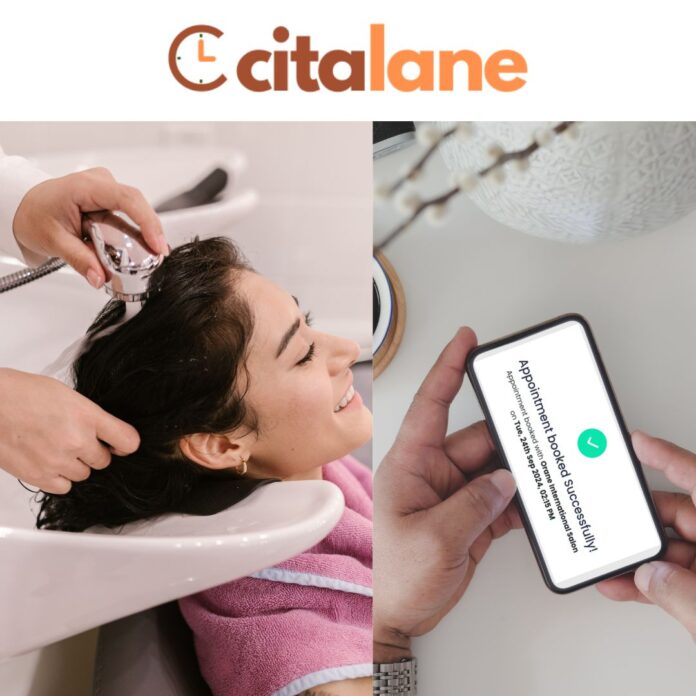When done right, integrating Zoom with HubSpot helps you automate webinar registrations, track engagement, and launch follow-up campaigns seamlessly. But many businesses unknowingly make costly Zoom HubSpot integration mistakes that disrupt workflows, cause data issues, and limit ROI.
Looking for a seamless integration solution? Explore our HubSpot API integration services built for reliability and scale.
Here are the five most common Zoom HubSpot integration mistakes—and how to avoid them:
1. Not Customizing the Webinar Registration Workflow
Default Forms Limit Data Collection
One of the most common Zoom HubSpot integration mistakes is relying on Zoom’s default registration forms without syncing custom fields to HubSpot. This often results in shallow contact records and poor personalization.
Fix it:
Use a custom HubSpot form instead. Map your custom fields to Zoom via workflow or API, ensuring richer data capture and more effective segmentation.
2. Overlooking Sync Failures and Integration Errors
Data Breaks, Workflows Break
Businesses often assume that Zoom and HubSpot sync flawlessly once connected. But without monitoring, failures in API calls or webhook responses can silently break your automation.
Fix it:
Implement error tracking and sync validation processes. Use middleware, logs, or manual checks to ensure your registrant and attendee data flows consistently from Zoom to HubSpot.
3. Using the Same Static List for Every Event
Poor Segmentation Slows Follow-Ups
Dumping all webinar contacts into one generic list is another damaging Zoom HubSpot integration mistake. It makes campaign targeting and event-specific nurturing nearly impossible.
Fix it:
Create unique contact lists for each event, with descriptive names (e.g., “Leadership-Webinar-June2025-Registrants”). This supports better analytics and more relevant follow-up actions.
4. Ignoring Participant Engagement Data
Attendance ≠ Interest
Many businesses sync only basic registration and attendance info, ignoring engagement data like poll participation or Q&A involvement.
Fix it:
Use Zoom’s detailed engagement reports and sync them to custom properties in HubSpot. Then build smart workflows to trigger actions based on participation level.
5. Skipping Post-Webinar Automation
Manual Follow-Up Costs Time & Leads
Without proper automation after your webinar, your team ends up sending delayed emails—or worse, none at all. This is one of the most avoidable Zoom HubSpot integration mistakes.
Fix it:
Set up a comprehensive HubSpot workflow post-event that:
- Sends tailored thank-you or reminder emails
- Updates lead scores based on engagement
- Notifies sales of hot leads
- Adds contacts to nurturing sequences
Final Thoughts: Avoid These Zoom HubSpot Integration Mistakes
The Zoom–HubSpot integration is powerful—but only when configured with precision. Avoiding these five mistakes will improve your lead flow, reduce friction, and increase conversion rates from every webinar.





